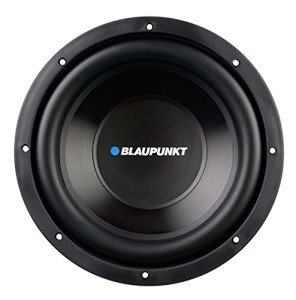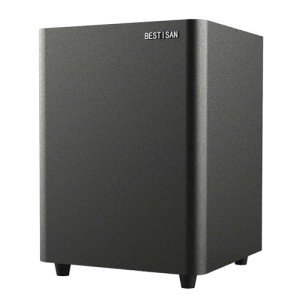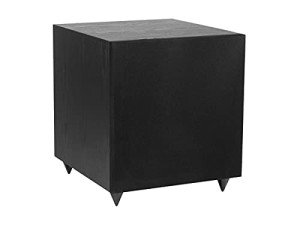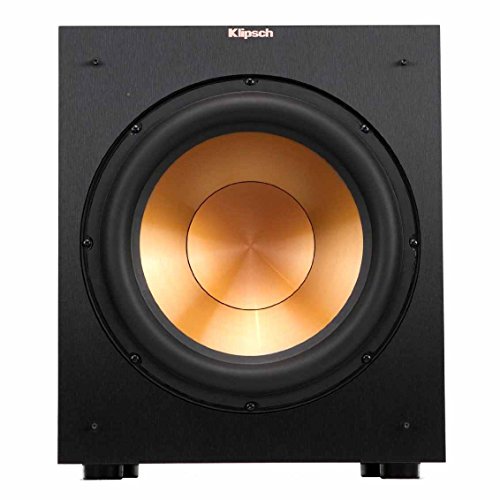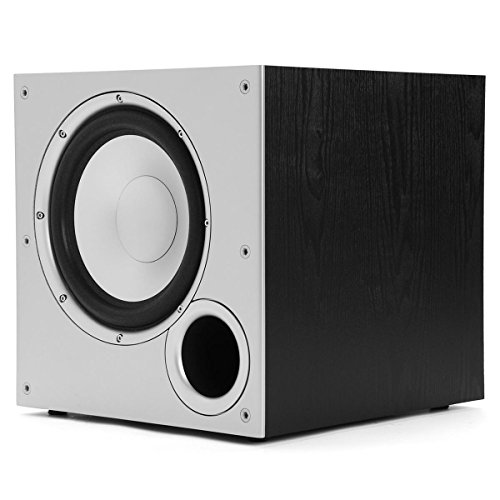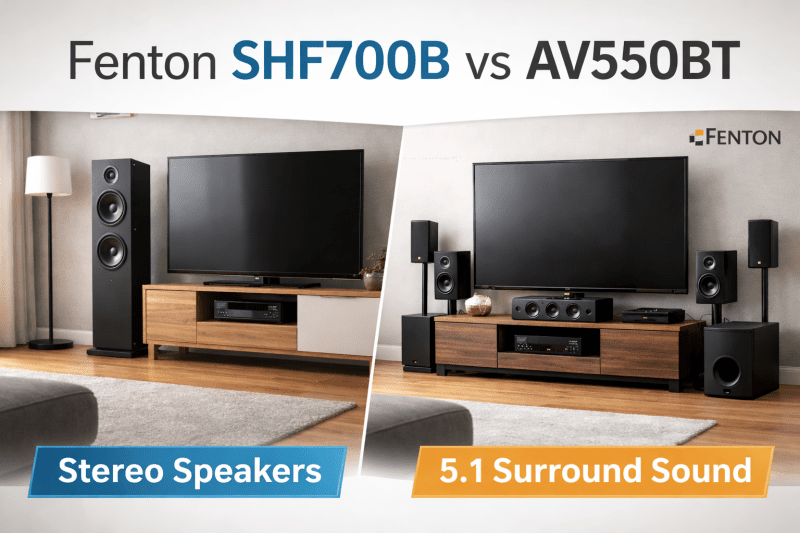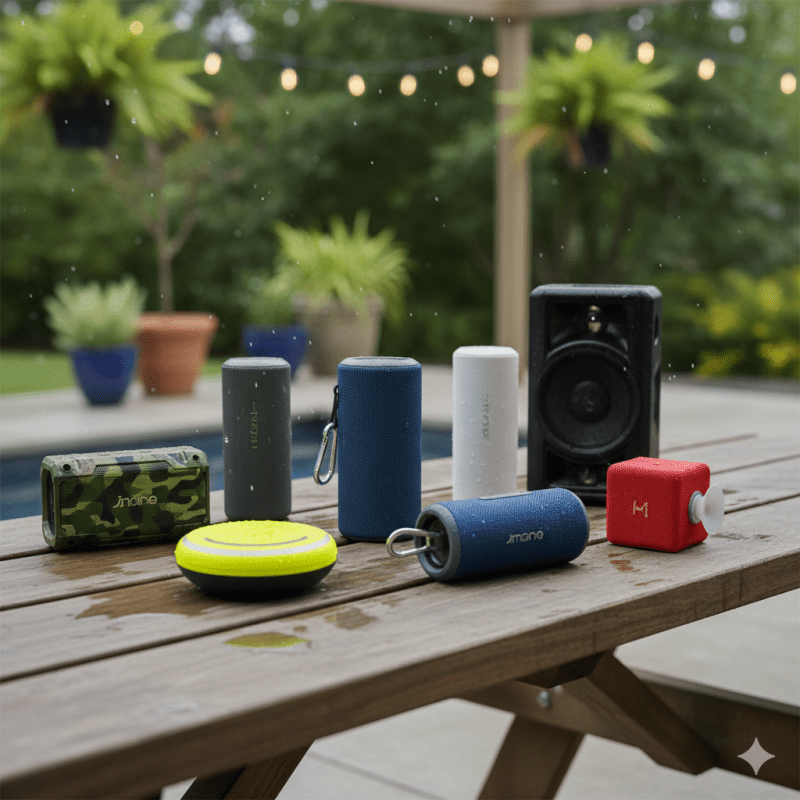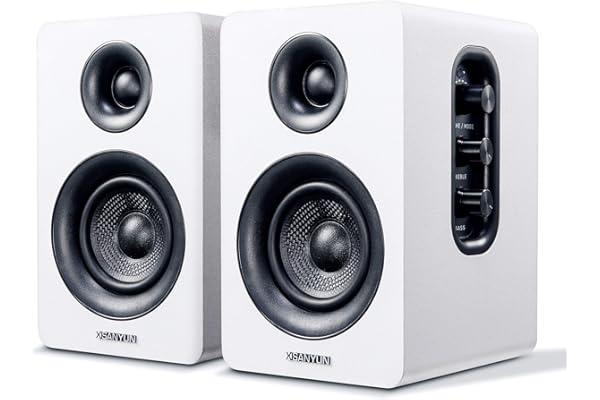Understanding the Basics of Subwoofers
Before delving into the world of subwoofers, it is important to understand the basics of how they work and what makes them an essential component for any music enthusiast or audio professional.
A subwoofer is a type of loudspeaker that is designed to reproduce low-frequency sounds, otherwise known as bass. These sounds are typically between 20 and 125 Hz, and are often felt as much as they are heard. While many speakers are capable of producing bass, a subwoofer is specifically designed to produce these frequencies, resulting in much better sound quality and clarity.
Subwoofers come in many different shapes and sizes, ranging from small, portable units to large, high-powered models. Some are even built into cars and home theater systems, providing a powerful and immersive listening experience.
When it comes to purchasing a subwoofer, there are a few key factors to consider. The first is the size of the unit, which will largely depend on the size of the room and the intended use. A larger room or outdoor setting may require a larger subwoofer with more power to properly fill the space. Additionally, the type of music or audio being played will also impact the choice of subwoofer, as different genres and styles have varying levels of bass.
Another important consideration is the frequency response of the subwoofer. This refers to the range of frequencies that the unit is able to produce, and a wider frequency response typically results in better overall sound quality. It is also important to consider the sensitivity rating of the subwoofer, which measures how efficiently it is able to convert power into sound.
Overall, understanding the basics of subwoofers and what factors to consider when purchasing one is essential for anyone looking to take their music or audio setup to the next level.
How to Choose the Right Subwoofer for Your Audio System
Choosing the right subwoofer for your audio system is crucial for achieving high-quality sound with deep and powerful bass. Here are some factors to consider when selecting a subwoofer:
Room Size
The size of your room plays a big role in determining the size and power of the subwoofer you need. Larger rooms require larger subwoofers with higher power output to fill the space with bass. On the other hand, smaller rooms can benefit from smaller subwoofers with lower power output.
Frequency Response
The frequency response of a subwoofer refers to the range of frequencies it can reproduce. A subwoofer with a wider frequency response range will deliver a more accurate and detailed bass sound. Look for subwoofers with a frequency response range of at least 20Hz to 200Hz.
Power Output
The power output of a subwoofer is expressed in watts. The higher the wattage, the more powerful the subwoofer will be. Consider the size of your room and the level of bass you want when choosing a subwoofer with an appropriate power output.
Enclosure Type
Subwoofers can come in different types of enclosures, including sealed, ported, and bandpass. Each enclosure type can affect the sound quality of the bass differently. Sealed enclosures deliver accurate and tight bass, while ported enclosures provide deeper and more impactful bass. Bandpass enclosures offer a combination of both, but can be more complex to set up.
Brand and Quality
Choosing a subwoofer from a reputable brand, with high-quality construction and materials, can make a significant difference in the sound quality and longevity of your subwoofer.
In conclusion, selecting the right subwoofer for your audio system involves considering the size of your room, frequency response, power output, enclosure type, and brand/quality. With proper consideration of these factors, you can choose a subwoofer that will deliver deep and powerful bass for an enjoyable listening experience.
Tips for Optimizing Your Subwoofer's Performance
Getting the most out of your subwoofer requires a little bit of tuning and optimization. Here are a few tips to help you get the best possible performance from your subwoofer:
- Placement - Position your subwoofer correctly in your room. Ideally it should be placed in a corner or against a wall, with enough space around it to allow air to circulate. Avoid placing it too close to walls or other obstructions, as this can cause distortion and muddy bass.
- Crossover - Set your crossover frequency correctly. The crossover is the point at which your subwoofer takes over from your main speakers. You should set this point to the frequency where your main speakers start to roll off. This will ensure a seamless transition between speakers and subwoofer, and prevent any gaps or overlaps in the frequency response.
- Phase - Ensure your subwoofer is in phase with your main speakers. Phase refers to the timing of the sound waves, and if your subwoofer is out of phase with your main speakers, it can cause cancellation and distortion. Use a sound meter or an app to ensure your subwoofer is playing in sync with your main speakers.
- Volume - Adjust the volume of your subwoofer to match your main speakers. You don't want your subwoofer to overpower your main speakers, or vice versa. Play some music or a movie scene with a lot of bass and adjust the subwoofer volume until it blends seamlessly with your main speakers.
- Room Correction - If your room has any acoustic issues, such as standing waves or reflections, you may want to consider using room correction software or hardware. Room correction can help to smooth out the frequency response and improve the accuracy of your subwoofer's reproduction.
Following these tips should help you to optimize your subwoofer's performance and get the most out of your audio system.
Blaupunkt 10-Inch Powerful Subwoofer Speaker
Experience deep, rich bass that elevates your music and enhances your home audio system
Product information
$43.99
Product Review Score
4.44 out of 5 stars
7 reviews
